Flying a Plane for the First Time: A Beginner’s Guide
Pilot's Life Blog
JANUARY 12, 2025
Understanding the Basics of Flight Principles of Flight: Lift, Weight, Thrust, and Drag Flying a plane for the first time requires a basic understanding of the forces that make flight possible. Thrust, produced by the engines, moves the plane forward, while drag, or air resistance, slows it down.


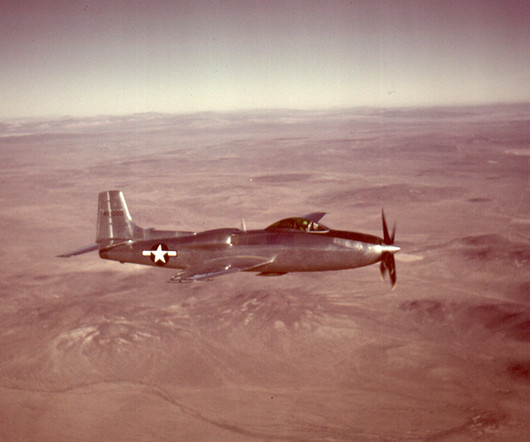
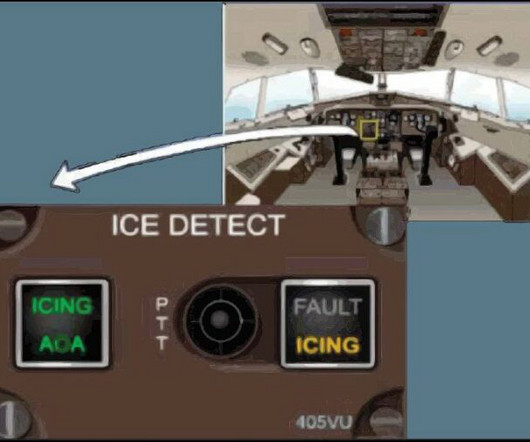

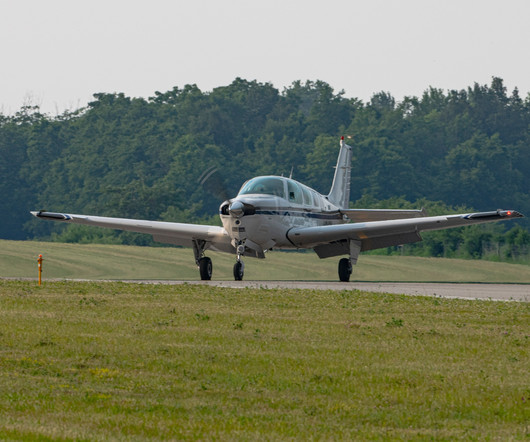




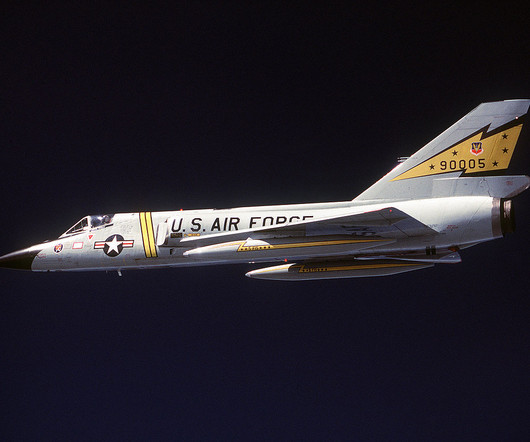
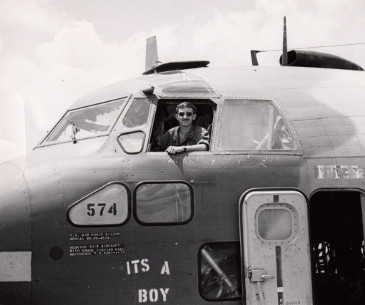


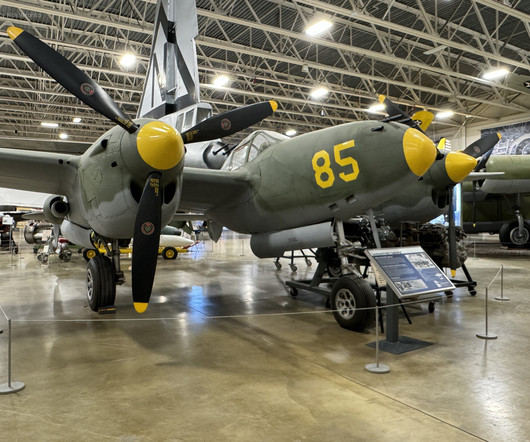






Let's personalize your content